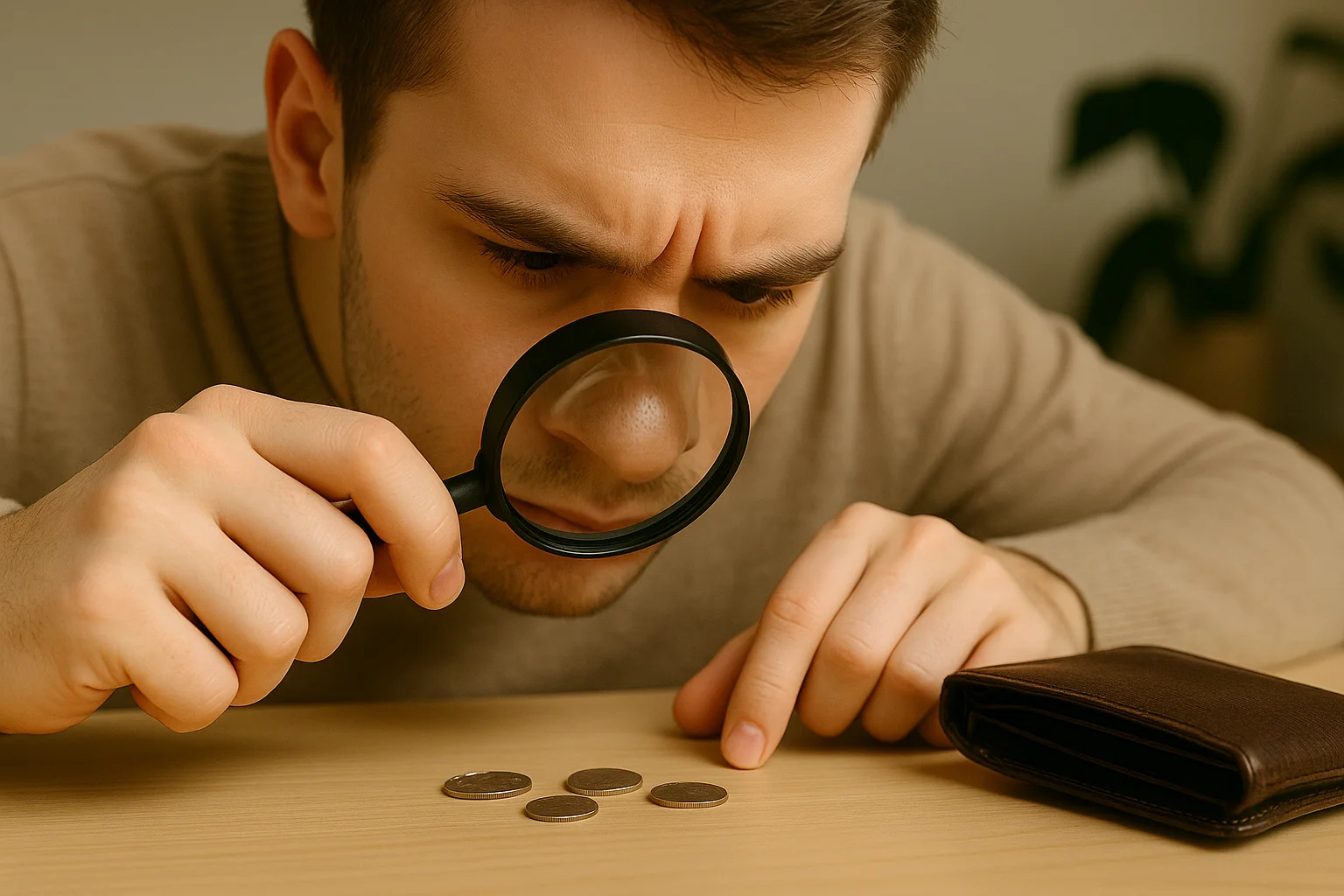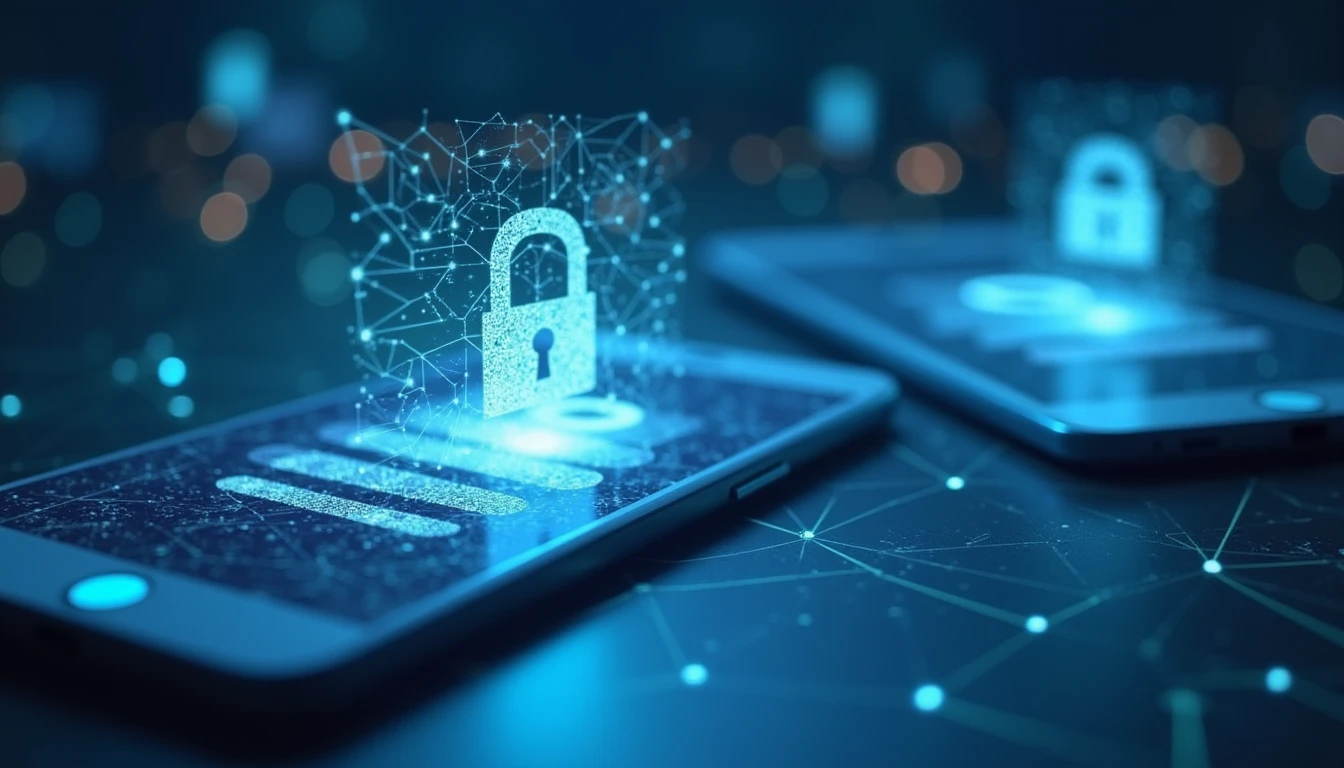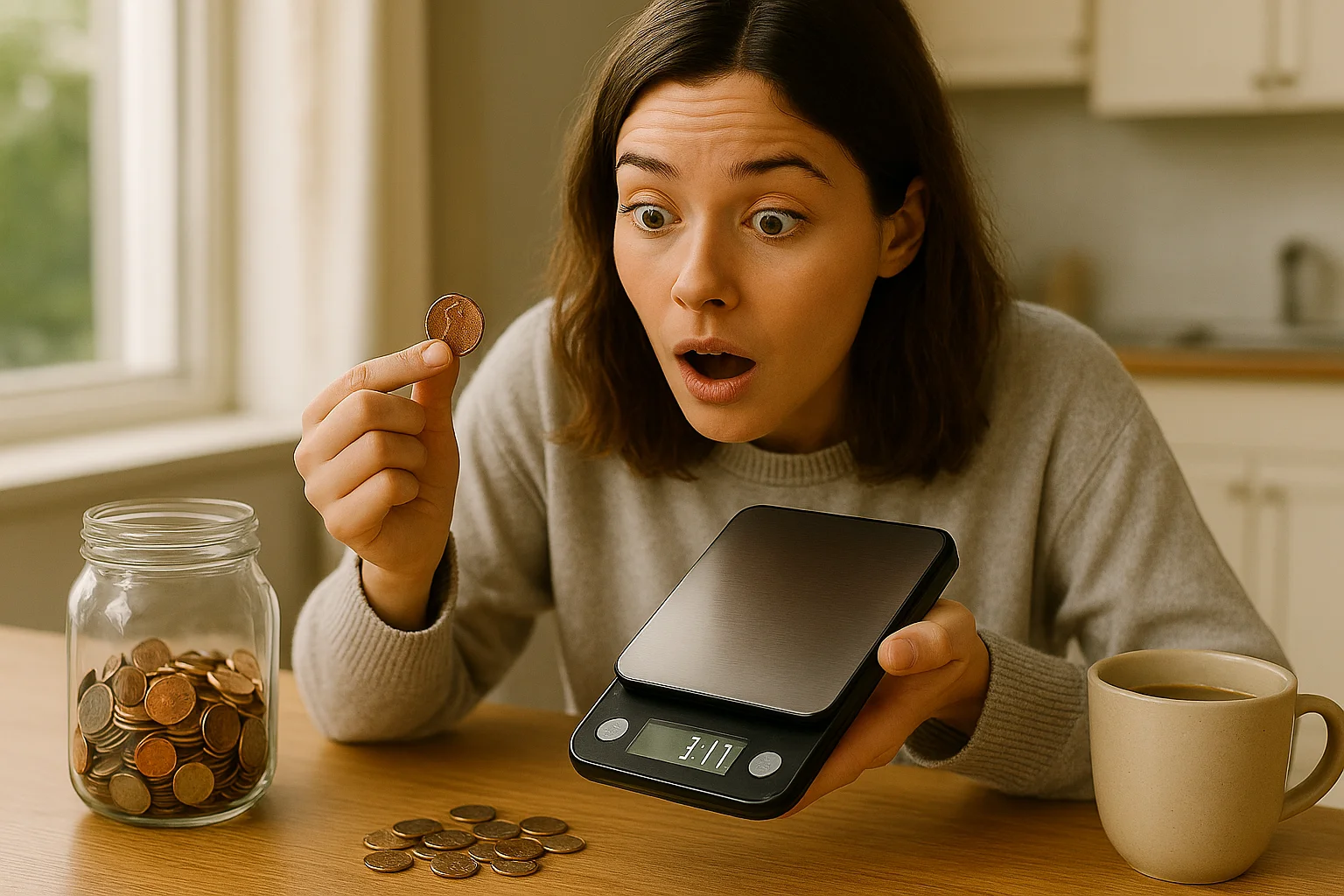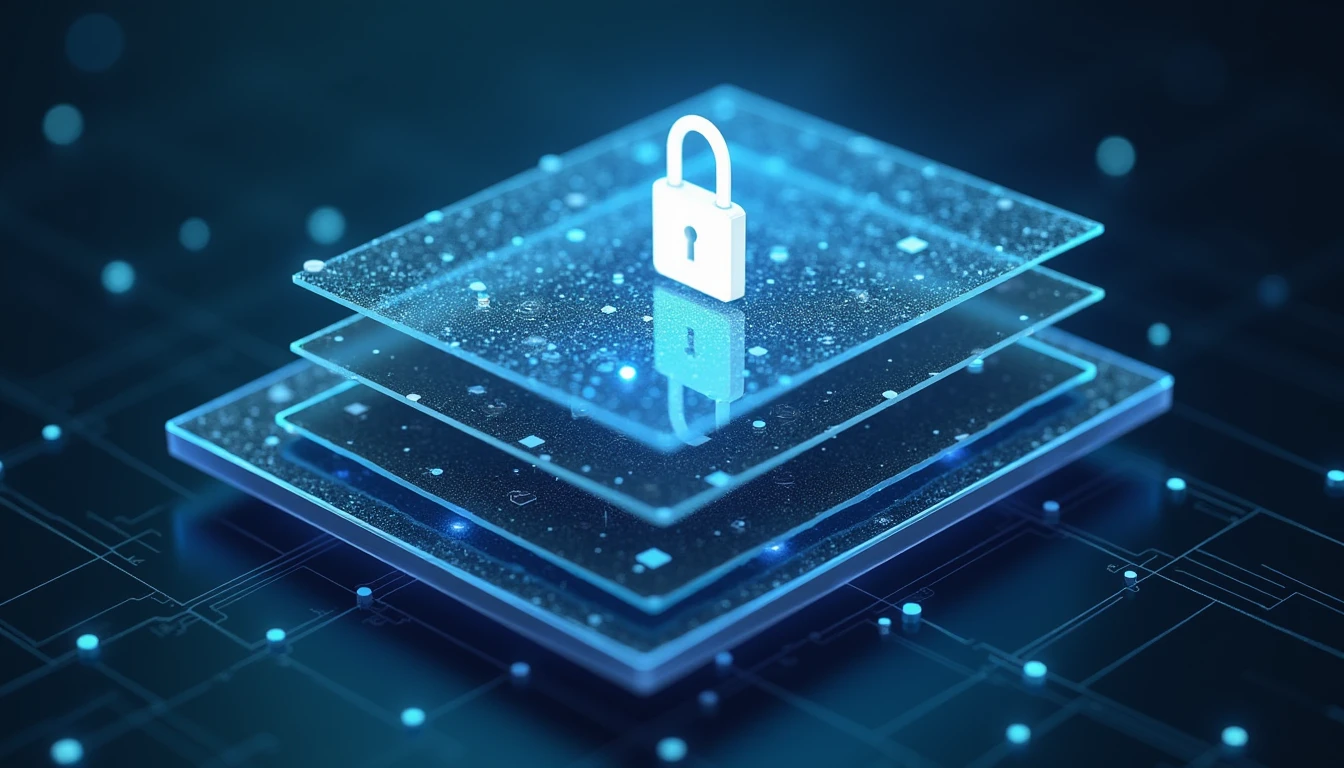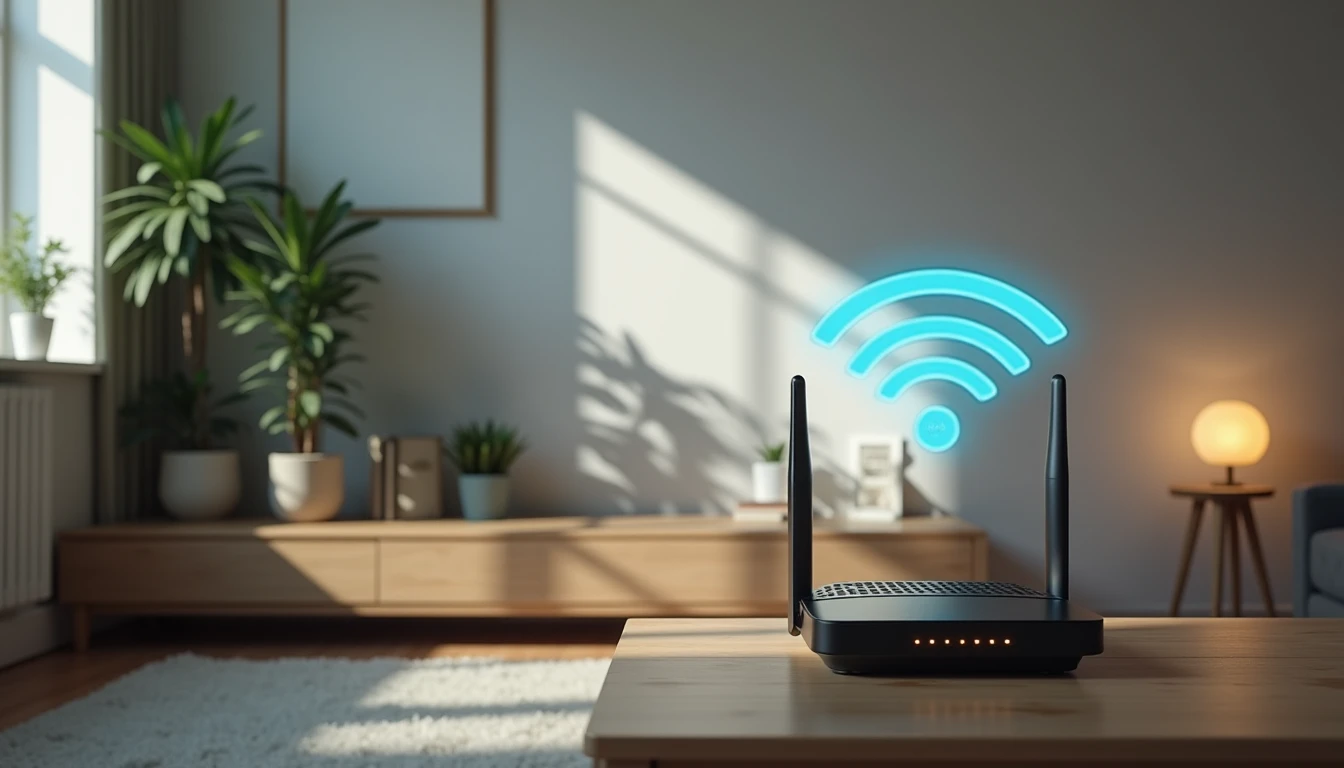In the world of collectors there is a concept of coin grading – it is a process of careful assessment of the condition of a coin. Specialists look at the smallest details: the presence of scratches, surface shine, clarity of the pattern. All for the sake of one thing – to understand whether they are dealing with a real value or a clever fake. In the digital world, we also have to evaluate – not coins, but the mobile applications we install on our devices. After all, these decisions often determine whether our data stays safe or falls into the hands of attackers.
Fortunately, today more and more developers care about user protection. For example, Coin ID Scanner, an application for evaluating and recognizing coins, does not ask for unnecessary permissions and works using transparent protocols. The data obtained during use is securely protected and is not shared with third parties. And the same strategy should become the standard.
But how to distinguish a safe application from a potential threat? Today, let’s talk about how to independently check any application before installing it – and thus protect yourself and your loved ones.
Step 1: Check the Source of the Download
The first step in verifying an app’s security is to know exactly where it came from. We know that you should not buy jewelry from a back alley, then in the same way you should not download apps from questionable sources, as it is asking for trouble.
Here is what you should consider:
- Stick to official app stores like Google Play and Apple’s App Store. These platforms use multiple layers of automated and manual vetting to filter out dangerous software.
- Avoid APK files from shady websites or chat groups. While they may offer “early” or “unlocked” versions, they often carry malware under the hood.
- Disable “install from unknown sources” feature in your Android settings. Once disabled, this helps block accidental installations from sketchy links or pop-ups.
- Know about imitations: apps pretending to be popular tools but posted under unfamiliar developer names.
- Always review the publisher’s profile. A legitimate app usually belongs to a company or person with a web presence, contact info, and other apps to their name, so you can and should check it.
Quick Stat: According to Google’s security report, more than 90% of malware-infected apps on Android are traced back to third-party sources. Of course, the app stores aren’t perfect – but they are miles safer than unverified links.

Step 2: Read the Permissions — But Thoughtfully
Application permissions are like open doors to your personal data. Before you install anything, stop and ask: does this app really need access to everything it asks for? For example, why does your alarm clock need your current location?
Of course, it is tempting to go past the permissions screen, of course, but that is where malicious intent often lurks. A seemingly harmless app may be stealthily collecting sensitive information in the background.
| App Type | Legit Permissions | Suspicious Requests |
| Calculator | None or minimal | Camera, Microphone |
| Wallpaper App | Storage (for images) | Location, SMS |
| QR Code Scanner | Camera (to scan codes) | Phone Calls, Contact List |
| Notes App | Storage, sometimes mic | Full network access, Contacts |
Tip: You can always revisit permissions through Settings → Apps → Permissions on your device. Review what each app has access to – and if it is more than necessary, revoke or delete.
Thus, in 2024, a popular flashlight app with over 10 million installs was pulled from Google Play for secretly collecting users’ geolocation data. But actually the flashlight doesn’t need your GPS. This real case is a perfect reminder: permissions tell the real story, even when the app looks harmless.
Step 3: Read the Reviews — And Not Just the Five-Star Ones
We know, scrolling through app reviews can feel like eavesdropping at a party – you will hear the praise, but also the complaints people whisper when no one’s watching. The five-star reviews might sparkle, but don’t be fooled, as real insights live in the low-star ratings.
Instead of focusing solely on the positive, take time to dig into the 1- and 2-star reviews, as this is where users report crashes, bugs, suspicious behavior, or hidden features no one advertises. Then you can also look for patterns. If multiple people complain about battery drain or unexpected pop-ups, it is likely a real issue. Finally, check whether the developer responds. Silence is rarely a good sign and developers who engage with users tend to be more transparent and committed to maintaining their apps.
Actually, you should be especially cautious if you see too many identical, glowing reviews (especially from users with no profile pictures or generic names). This could be review farming – a shady practice where developers buy fake praise to bury negative feedback.
Interesting stat: In a study by App Annie, 35% of users say that review quality directly impacts their decision to download an app – yet over 50% never read reviews below four stars. That is like only reading fan mail and ignoring red flags.

Step 4: Investigate the Developer and the App’s Website
Before you tap “Download,” take a moment to look behind the curtain. A trustworthy app usually has a trustworthy creator – and with a few clicks, you can figure out whether you are dealing with a transparent developer or a digital ghost. A solid developer will usually have a proper name (not just “CoolDev123”), an active website, and maybe even a portfolio of other well-reviewed apps.
Below you can see few quick checks that can tell you a lot:
- Is the developer’s name or company clearly listed?
- Does the app have a working website with a privacy policy or contact info?
- Are there other apps from the same developer with good reviews?
- Do they respond to user feedback or post update logs?
But don’t stop there. Run the app through online tools like Exodus Privacy, ClassyShark3xodus, or VirusTotal to scan for concealed trackers, excessive permissions, or sketchy behavior. These tools work like X-rays for apps – revealing what is under the hood, from third-party ad SDKs to suspicious code snippets.
Look out for red flags like too many embedded trackers, vague developer info, or missing contact details. The more hidden the app’s origins are, the more likely it is you are not the user – you are the product.
And just a friendly reminder: If an app asks for access to data it clearly doesn’t need (like a calculator needing your location), treat it as a major red flag.
Stay Alert, Stay in Control
So you’ve checked the permissions, read between the lines rave reviews, looked under the hood with analysis tools, and checked out the developer. Great job – seriously. You are already ahead of most users. But this is the thing: security isn’t just about downloading. It’s about what happens after the app hits your device.
- Keep tabs on app behavior
Just because an app looked fine yesterday doesn’t mean it’ll be fine tomorrow. Developers can push updates that introduce new permissions or code you didn’t originally sign up for. Always skim update notes. If an app suddenly wants access to your microphone, camera, or contacts – and it didn’t need them before -hit pause and ask why.
- Don’t be afraid to delete
Let’s be honest: we all have digital clutter. If an app hasn’t earned its place on your home screen, let it go. Not using it? Delete it. Got a weird vibe from it after an update? Delete it. You’re not stuck, and removing shady or bloated apps can even improve battery life and speed things up.
- Enable minimal permissions
Even when an app seems trustworthy, give it the least amount of access possible. Think of permissions like house keys. You wouldn’t give a delivery guy a key to your entire apartment, right? You would open the door, take the package, and that’s it. Act with the same logic here.
Digital Security Is in Your Hands
In today’s world, where every downloaded file can be a source of danger, it’s important to install apps wisely. We shouldn’t blindly trust every offer, because behind every access request there may be security risks. Yet, by following simple steps you can significantly reduce threats. Remember, your device and data are your personal space, so take care of it thoroughly.
